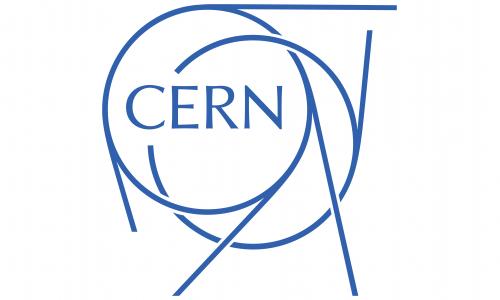In the Media
Feb 7, 2022
Más de la mitad de los océanos de la tierra registran temperaturas que antes se consideraban extremas, de acuerdo con una investigación.
Jan 11, 2022
UCI FASER particle detector made it into CERN's 2021 news highlight reel.
Jan 4, 2022
Complex electrical measurements reveal concentrations of biomarkers and urine, improving accuracy.
Dec 5, 2021
As earth-observing satellites, aircraft and ocean buoys churn out ever-rising amounts of information about our planet, data managers turn to cloud computing and artificial intelligence
Nov 29, 2021
The first-ever neutrino candidates produced by CERN’s Large Hadron Collider (LHC) in Switzerland have been detected by an international team led by physicists at the University of California, Irvine.
Nov 26, 2021
Physicists at the Large Hadron Collider (LHC) at the European Organization for Nuclear Research, or CERN, have reported the detection of neutrino signals in a world first for the particle smashing machine.
Nov 17, 2021
Rising summer temperatures could lead to an exponential increase in the number of wildfires and acres burned in the Sierra Nevada in California, researchers have found.
Nov 17, 2021
The research adds to a growing body of work finding that climate change is increasing fire risk in California and elsewhere in the West.
Nov 10, 2021
Critics of renewable energy have often said that they wouldn’t be able to replace fossil fuels such as coal and natural gas.
Nov 3, 2021
Davis ran a study looking into the cost of wildfires, which was published in the journal Nature Sustainability.
According to Davis, “It’s not just relegated to California, there’s places…
Oct 21, 2021
On this Student Spotlight during University of California, Irvine Week: California is in the thick of the effects of climate change.
Shane Coffield, PhD Candidate in Earth System Science, explores what to do going forward.
Oct 20, 2021
The work, done by scientists from NASA's Jet Propulsion Laboratory and UCI, reveals the surprising role of icy mélange.












